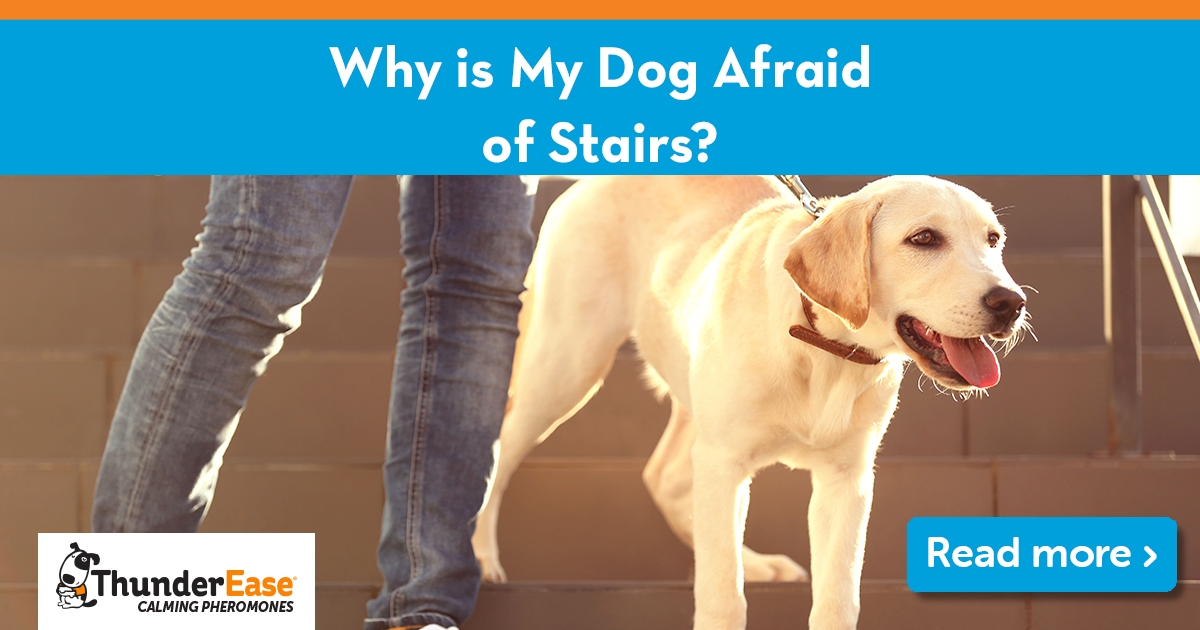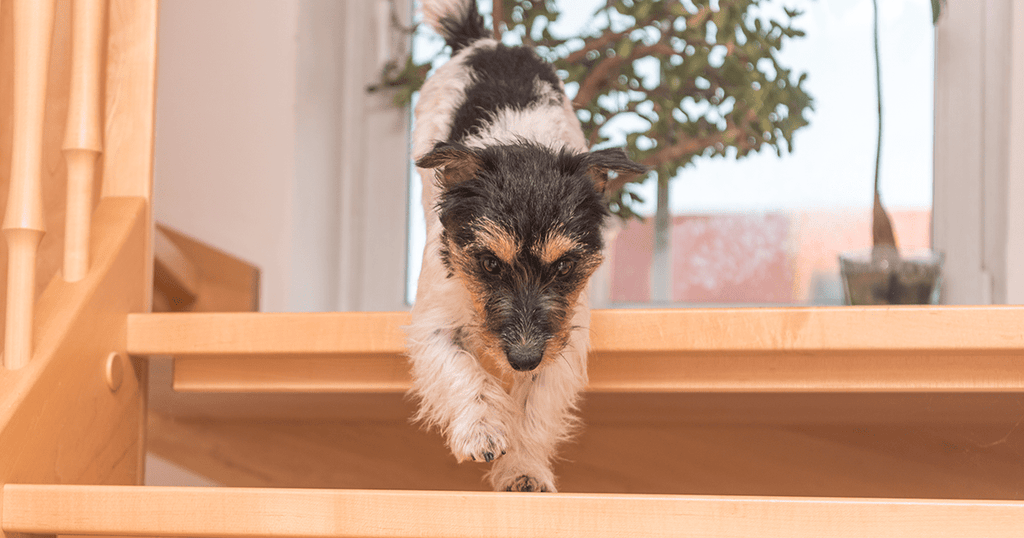
Why Is My Dog Afraid Of Stairs?
Does your dog hesitate at the first sight of stairs? Whether it’s a fear of ascending, descending, or even both, this behavior is surprisingly common among our furry friends! Understanding why your dog may be afraid of stairs, and knowing how to help them, can make a huge difference in their comfort and confidence. Keep reading for our expert tips on helping them overcome their fears in and around the home.
The Challenge of Stairs
For a dog, stairs can be a daunting obstacle. Your pooch may tremble, cry, or back away, and it’s not always clear why. This fear may be specific to certain stairs, or it may simply be all stairs they come across. While there’s no single reason that explains why dogs are sometimes scared of stairs, here are a few of the more common explanations behind this behavior:


Overcoming A Dog’s Fear Of Stairs
While there could be any number of reasons why a dog is afraid of stairs, there are fortunately several things we can do to help them overcome their fears:
- Training and Positive Reinforcement: Gradual exposure and positive reinforcement are often all that’s needed to help a fearful dog. Begin by rewarding them for simply approaching the stairs. You can then progress to placing treats on the steps and encouraging them to climb or descend one step at a time.
- Environmental Adjustments: Making the stairs safer can be another big help. This includes clearing clutter, adding non-slip materials, repairing damaged areas, and potentially even using ramps or blocks for stairs with an open or floating design. On this note, keeping your dog’s nails trimmed is also important to ensure they can grip the steps properly.

- Creating a Calm Environment: Using calming plug-ins for dogs, like the ThunderEase diffuser, is the perfect way to create a more reassuring environment in your home. These diffusers release appeasing pheromones that help emanate a sense of comfort and calm, making the overall process of overcoming fear more manageable for our four-legged friends.
- Seeking Professional Help: If your dog suddenly develops a fear of stairs, or if you’re struggling to help them get over these fears, consulting a veterinarian or a qualified behaviorist is advised. They can help identify any underlying issues or develop a tailored plan to address your dog’s specific fears.
Understanding and addressing your dog’s fear of stairs requires patience and empathy. But with the right approach, and by using calming diffusers for dogs, you can help your furry friend conquer their fear. Just remember, you should never use force to make a dog go up or down the stairs. Instead, work in short sessions, use positive reinforcement, and stop before your dog becomes stressed.
Are you interested in learning more about how you can help your dog overcome challenging situations or want to know exactly how our ThunderEase diffuser works? Get in touch! We love hearing your stories and helping in any way we can. You can also stay informed with our latest tips, guides, and product information by signing up to our newsletter. Skip to content
Skip to content
